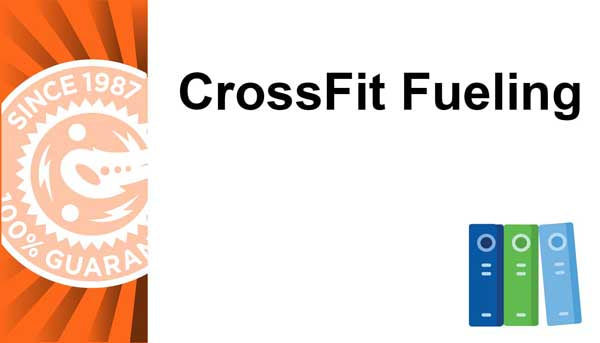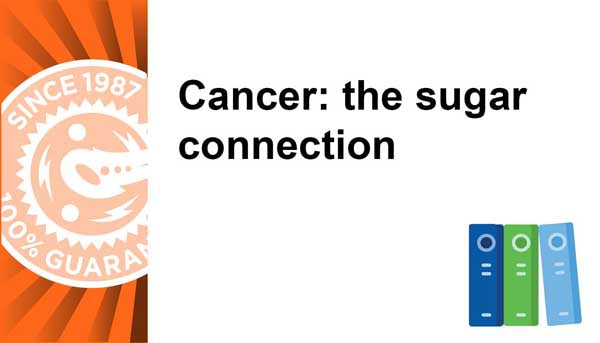By William Misner Ph.D.
With the summer's heat presently approaching, I have had several questions from the field on hydration, fuel selection, and electrolyte supplements for coping with thermic-induced DNF's, bonking, and cramping. Everyone is born with a unique, special one-of-a-kind biochemistry, which prevents even the best of scholars from professing a single correct formula for us all.
With that statement said, an exact manipulation of fluids, electrolytes, and fuels in training that simulates the actual event distance, weather conditions, and course elevation changes is imperative in solving your personal biochemistry "battle" to beat the heat.
WE ARE MADE OUT OF WATER
The average 154 lb. person has 2 compartments filled with 85 lbs. (total) fluids that must be kept in constant osmotic balance. Inside the cells where potassium ions are 15 times higher than outside, 25 liters or 53 lbs. of water is stored in homeostatic balance with the water outside cell walls.
Outside the cells, where sodium ions are 10 times higher than inside, an additional 15 liters or 32 more lbs. of water are stored. When we approach a -3% loss of these valuable life-giving fluids from the cooling activity of evaporative sweat, performance begins to suffer dramatically. After 5% water-weight losses concentration is also not possible and after a 10% body weight loss of fluids, it is difficult to maintain consciousness, while death may occur after only an 11% fluid loss. Exercise in thermic conditions dramatically effects the normal tissue fluid state of being:
| NON-EXERCISE THERMIC EXERCISE INTAKE | |||
| URINE | -1400 ml. | -500 ml. | FLUIDS+1500 ml. |
| SKIN | -350 ml. | -350 ml. | FOOD + 800 ML. |
| BREATHING | -350 ml. | -650 ml. | |
| SWEAT | -100 ml. | -5000 ml. | |
| FECES | -100 ml. | -100 ml. | |
| TOTAL | -2300 ml. | -6600 ml. | +2300 ml.(Normal) |
| -4300 ml.(Exercise) | |||
(Rozelle LT, "All in the Body's Balance", WATER TECHNOLOGY, March 1997:126-132.) (Textbook of Medical Physiology, AL Guyton, WB Saunders,1991)
Normal activity shows a daily balance, but add exercise to this model and the result is a 9 lbs. water weight deficit or nearly 6% of the 154 lb. athlete's total body weight is lost! Dr. D.C. Nieman describes a 6% loss as very serious, causing impairment in temperature regulation and rapidly increasing heart rate. (Sports Medicine Fitness Course, Bull Publishing, Palo Alto Calif.,1986.)
Water is most efficiently replaced by distilled water or water that has been precisely modified with a low-sodium electrolyte profile. High sodium or high electrolyte fluids are held longer in the vascular compartments than the lower non-electrolyte composite. Why is this and what causes these pressure gradients to occur?
OSMOLAR PRESSURES ARE ABSOLUTE FOR PERFORMANCE DEMANDS
Equilibrium of solutes in concentrations of Osmotic pressures occurs at 300 milliosmoles per liter(mOsm/l.) When a change in the pressure of the solutes or electrolytes vary, correction of the pressure deviance will occur in a single cell in less than 60 seconds! When the whole body is "Whacked" out of equilibrium as little as a 3% fluid loss, it takes up to 30 minutes of NO activity, using a perfect fluid-electrolyte replenishment drink to restore osmolarity to 300 mOsm/l. to the 40-liter intra- and extra-cellular fluid contentinside a 154 lb. athlete exercising in thermic conditions.
The kidneys filter 180 liters of the body vascular fluidsper day, but return 99% of its filtrates, while eliminating only 1-1.5 liters as waste water. These magnificent filters help us maintain a constant 300 mOsm/l. Osmolarity. When the body senses a + or -3% solute change, the following mechanisms may be called upon to assist the kidneys in osmolarity balance:
- The Pituitary secretes ADH (Anti-Diuretic Hormone) enabling water to be reabsorbed, sensing it is too concentrated.
- The Adrenal Glands secrete Aldosterone when sodium concentration in plasma is low, causing sodium to be reabsorbed producing a more diluted urine.
- An osmolarity rise of 1% may cause a thirst craving for drinking fluids, and diluting blood serum-urine concentrates.
All of these control mechanisms are sensitive to a + or -3% deviations in sodium and a + or -7% deviation in potassium, while calcium levels are also monitored in the extracellular fluids within a few percents by secretes of the parathyroid. It is also interesting to note that normal healthy body fluids in saliva, gastric juices, and small intestine produce a 7:3 ratio** of potassium to sodium, similar to the number deviation which triggers control mechanism restoring normal electrolyte-fluid osmotic balance.
Under normal conditions (during non-exercise) intake of a liter of water will cause 8 times the normal urine output within 45 minutes lasting up to 120 minutes after intake. Want to know if you are properly hydrated? To measure how hydration before an exercise or after, consume a liter of water, then measure urine output from 45-120 minutes.
**Other body fluids have their own electrolyte profiles as follows: (8 fluid ounces=240 ml.)
SALIVA=800-1500 ml./day
877 mg.Sodium Chloride,
1170 mg.Potassium 3
000-4000 mg. Bicarbonate
GASTRIC JUICES=1500 ml/day
1120 mg. Potassium Chloride
175 mg. Sodium Chloride
5600 mg. HCL
SMALL INTESTINE=1800 ml/day
Pure Water from Extracellular fluids
**(TEXTBOOK OF MEDICAL PHYSIOLOGY, A.L. Guyton, WB Saunders, 1991)
STAYING COOL WHEN THE HEAT IS ON . . .
- Fuel Selection - The use of either Sustained Energy or Hammer Gel diluted to 1 ounce (28.3 grams) product to 5 liquid ounces of water equates to a 20% (by weight) solution, or at body fluid osmolality of 300 mOsm/l. for optimal fuel and fluid gastric emptying.
- Electrolytes-The suggested use for "Endurolytes" during a hot and or humid event (70 degrees-70% humidity) is 2 capsules 60-90 minutes before the event, and 1-2 capsules every hour of exercise thereafter. Endurolytes are capsules that may be opened and emptied in drink mixes before the event.
***EXPLICIT WARNING: Each person biochemically responds in a unique manner. During a long training effort in thermic conditions, trial of #1-3 above should be varied so as to discover each individual's optimal response.
Of the DNF's and/or "Failures" who come to me every year, 90% of them did not subject their body to thermic conditions similar to race conditions, were inadequately trained, e.g. not fit, or they did one of the following:
- Drank too much
- Ate a sugared or fructose based product
- Took no electrolytes
- Took a product containing caffeine
Eliminating the heat-related problems in practice is paramount to beating not only the heat, but also the competition.








